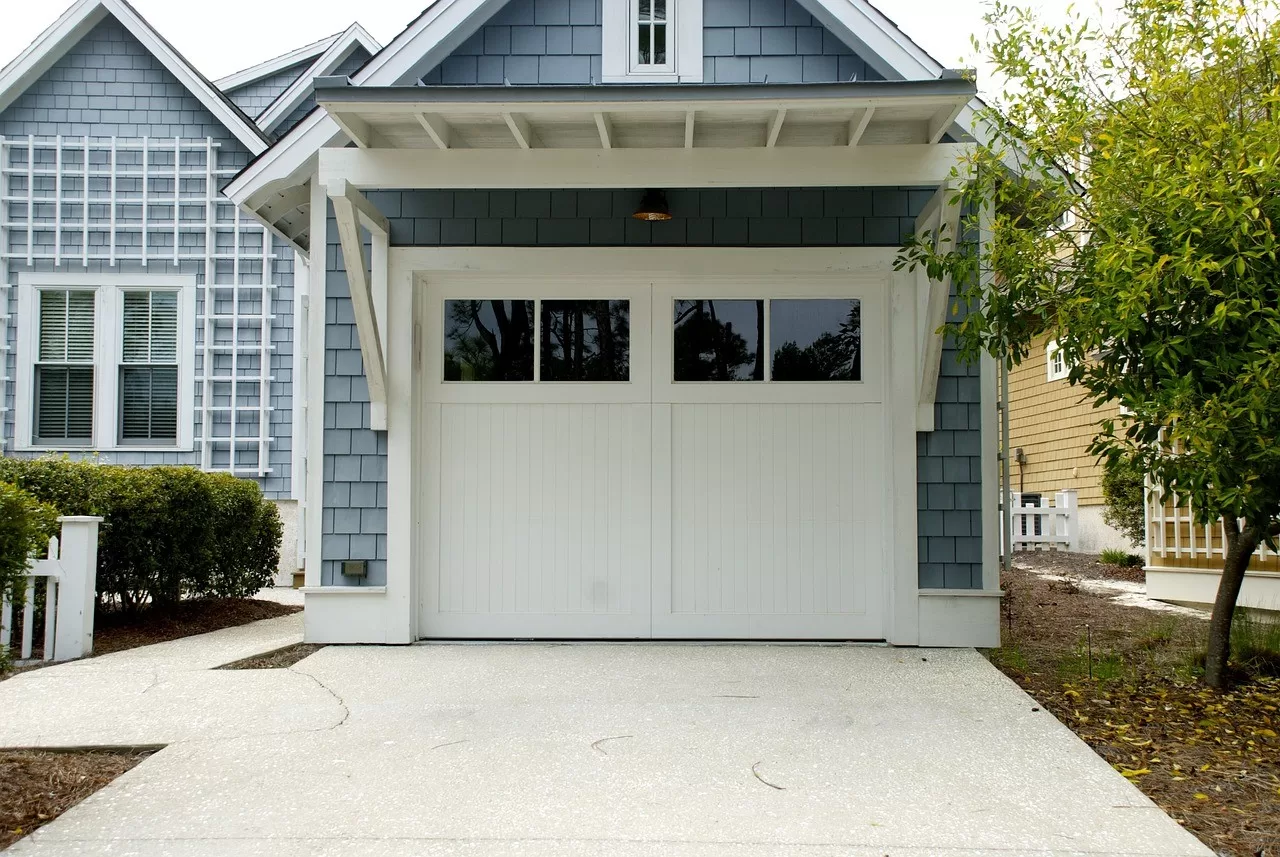The global energy industry is experiencing a quiet revolution.
Thanks to breakthrough technology, solar panels, and wind turbines can produce electricity at much lower costs than conventional power plants.

These renewable technologies can also create heat and power for homes, businesses, or factories.
A shift to 100% renewable energy could eliminate air pollution and global warming while providing a stable and secure energy supply.
Electric Vehicles
With their reduced fuel costs, lower emissions, convenient home charging, and promising maintenance benefits, more than a third of Americans would “definitely” or “seriously consider” purchasing an electric vehicle if they shop for a new car today.
But many are currently limited by their ability to access EV charging solutions, and even when available, the availability of public recharging locations has yet to be widespread enough.
Having dependable charging options at work or in the neighborhood will enable people to transition to EV ownership and help ensure a broader, more equitable adoption of EVs nationwide.
Unlike traditional fossil fuel-run cars, electric vehicles emit no tailpipe pollution, including carbon dioxide, ozone, and particulate matter, contributing to one in nine global deaths.
EVs can also be charged with electricity from renewable sources such as wind, solar PV, and hydropower.
However, they will be a truly green transportation solution if the energy that powers EVs comes from clean sources.
Many cities, states, and companies with existing renewable energy goals or greenhouse gas reduction commitments are converting vehicle fleets to EVs.
And, with e-commerce driving demand for freight and last-mile delivery trucks, those numbers are expected to increase soon.
This makes it critical that customers and utilities explore ways to use EVs to power the grid with renewable energy.
Solar Panels
The sun provides a rich source of energy that can be used to generate renewable electricity.
It can be harnessed in various ways, from photovoltaic solar panels that convert sunlight into electricity to concentrated solar power plants that use mirrors to focus rays on a receiver and heat fluids that turn a turbine and produce electricity.
Read Also :
Solar energy can be used in a home or business to reduce utility bills and be sold back to the grid.
Most miniature photovoltaic systems power calculators and wristwatches, while the largest are used to power entire buildings or communities.
Whether your solar system is a grid-tied or off-grid installation, you can save money on energy costs by generating your clean power and selling the excess to your electric company in Dallas (depending on the state you live in, this may be referred to as net metering).
With an average payback of six to 12 years, this investment is worth making.
A thriving renewable energy industry is increasing thanks to technological innovation and a push for policies that support a greener future.
Solar is now a significant part of the American electricity supply, as distributed generation near the point of use and as large central-station solar power plants.
And it can also be combined with storage technologies to create a new, smarter grid that’s cleaner and more resilient.
Energy Storage
Energy storage technologies like batteries (from alkaline to lithium-ion) and thermal storage (like the Solar Two or Solar Tres power tower systems that use molten salt that can efficiently store and dispatch vast amounts of heat energy) are essential for the future of renewables.
They are necessary to balance out the day-to-day and yearly fluctuations in solar and wind, which are intermittent sources of electricity.
Most modeling shows that renewables plus storage will meet a high percentage of demand, but many experts also point out that it will require a lot of flexibility on the grid to make that happen.
Storage can be used for several purposes, including reducing demand on the grid, providing backup power, and even price arbitrage (buying off-peak and selling at peak).
Many new technologies are entering the market, including advanced batteries such as Lithium-Ion and redox flow cells, compressed air energy storage, district heating, and ice storage.
Unlike fossil fuels with a limited supply and non-renewable, renewable resources like wind, solar, biomass, hydroelectric, and tidal power are created from nature and can be used repeatedly without depleting the Earth’s natural reserves.
This type of energy provides a sustainable, cleaner alternative to traditional fossil fuels while contributing to the global push towards Net Zero emissions.
Wind Power
Wind power is an abundant energy source crucial to our world’s quest to reduce greenhouse gas emissions and mitigate global warming.
Unlike fossil fuels, which require enormous effort, time, and expensive machinery to produce, renewables convert a natural resource (in this case, wind) into electricity without burning any material or emitting greenhouse gases.
Historically, people have relied on the wind for energy, from sailors using it to power their ships across the ocean to farmers relying on it to grind grain and pump water.
Today, wind turbines can be found on land or offshore and are massive machines that use the force of the wind to turn rotor blades.
When the blades spin, they generate electricity, providing energy for a whole community.
Large-scale wind farms often operate in depopulated areas and are constructed after rigorous analysis and planning to minimize adverse effects on surrounding communities.
They can also help to stabilize energy prices as they are not dependent on the price of a specific fuel source.
The National Audubon Society is a group that supports the use of wind farms, provided they are carefully located to limit their impacts on migrating birds and other wildlife.
Researchers are working on new materials and designs that could make wind turbines lighter, longer, more efficient, and safer than ever before.
Local communities benefit from the construction of these projects through property tax payments and lease payments to landowners.









